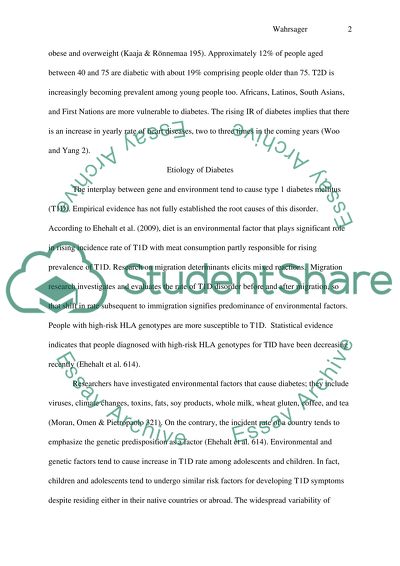Cite this document
(“Preventing Diabetes and Obesity Research Paper Example | Topics and Well Written Essays - 1250 words”, n.d.)
Retrieved from https://studentshare.org/health-sciences-medicine/1455634-since-obesity-and-dietbetes-has-become-so-common
Retrieved from https://studentshare.org/health-sciences-medicine/1455634-since-obesity-and-dietbetes-has-become-so-common
(Preventing Diabetes and Obesity Research Paper Example | Topics and Well Written Essays - 1250 Words)
https://studentshare.org/health-sciences-medicine/1455634-since-obesity-and-dietbetes-has-become-so-common.
https://studentshare.org/health-sciences-medicine/1455634-since-obesity-and-dietbetes-has-become-so-common.
“Preventing Diabetes and Obesity Research Paper Example | Topics and Well Written Essays - 1250 Words”, n.d. https://studentshare.org/health-sciences-medicine/1455634-since-obesity-and-dietbetes-has-become-so-common.


